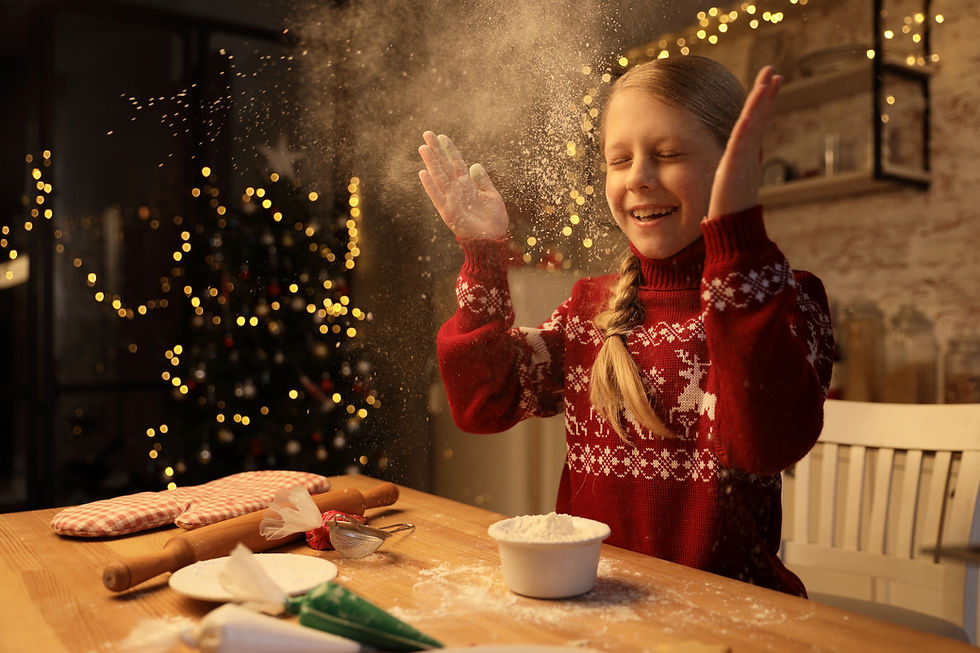Montessori Toys vs. Traditional Toys: What Sets Them Apart?
- Montessori Toys Editorial Team
- Jun 17, 2024
- 2 min read

In the vast landscape of children's toys, there are two distinct categories that often emerge: Montessori toys and traditional toys. While both types of toys serve the purpose of entertaining and educating children, they differ significantly in their design, materials, and underlying philosophy. Let's explore the key differences between Montessori toys and traditional toys and what sets them apart.
1. Purposeful Design:
Montessori toys are purposefully designed to promote independent exploration, hands-on learning, and skill development. They are carefully crafted to align with the principles of the Montessori philosophy, which emphasizes independence, freedom within limits, and respect for the child's natural development. Montessori toys are typically made from natural materials such as wood, metal, and fabric, and feature simple, open-ended designs that encourage creativity and imagination.
In contrast, traditional toys often prioritize entertainment value over educational benefits. They may be mass-produced from plastic or synthetic materials and feature flashy colors, lights, and sounds to capture children's attention. While traditional toys can be fun and engaging, they may lack the depth and complexity of Montessori toys in promoting cognitive, social, and emotional development.
2. Open-Ended Play:
Montessori toys are inherently open-ended, meaning they can be used in a variety of ways and inspire endless possibilities for play. From wooden blocks and puzzles to sensory materials and practical life activities, Montessori toys encourage children to take the lead in their play and explore their interests and abilities at their own pace. Open-ended play promotes creativity, problem-solving skills, and independence, as children learn to think critically and make decisions on their own.
Traditional toys, on the other hand, may have a predetermined purpose or limited play value. They may come with specific instructions or features that dictate how they should be played with, leaving little room for children to exercise their imagination or creativity. While traditional toys can be entertaining, they may not offer the same opportunities for skill development and self-directed learning as Montessori toys.
3. Focus on Skill Development:
Montessori toys are designed to support children's holistic development across multiple domains, including cognitive, physical, social, and emotional skills. Activities such as stacking blocks, sorting shapes, and pouring water promote fine motor skills, hand-eye coordination, and spatial awareness. Practical life activities such as washing dishes or dressing dolls foster independence, responsibility, and self-care skills. Montessori toys are thoughtfully curated to provide children with meaningful learning experiences that lay the foundation for future academic success and life skills.
In contrast, traditional toys may focus more narrowly on specific skills or entertainment value. While they may promote certain skills such as hand-eye coordination or problem-solving, they may not offer the same breadth and depth of learning opportunities as Montessori toys. Additionally, traditional toys may lack the real-world context and practical applications that are inherent in Montessori activities.
In conclusion, Montessori toys and traditional toys each have their own unique characteristics and benefits. While traditional toys may offer entertainment and excitement, Montessori toys stand out for their purposeful design, open-ended play opportunities, and focus on holistic skill development. By incorporating Montessori toys into children's play environments, parents and educators can provide them with enriching learning experiences that support their growth, independence, and lifelong learning journey.



Comments